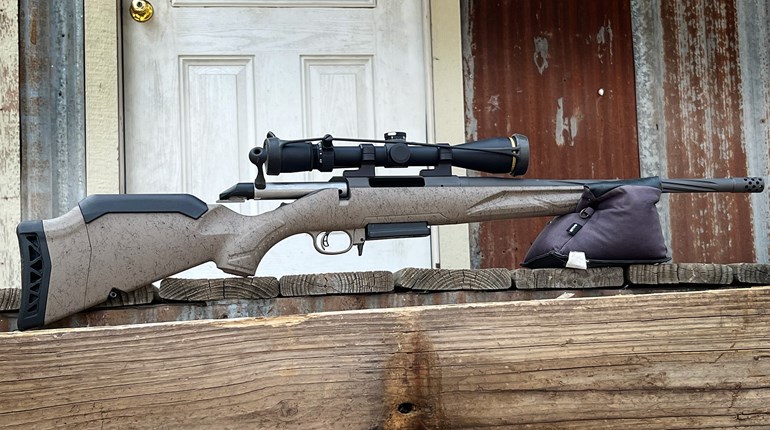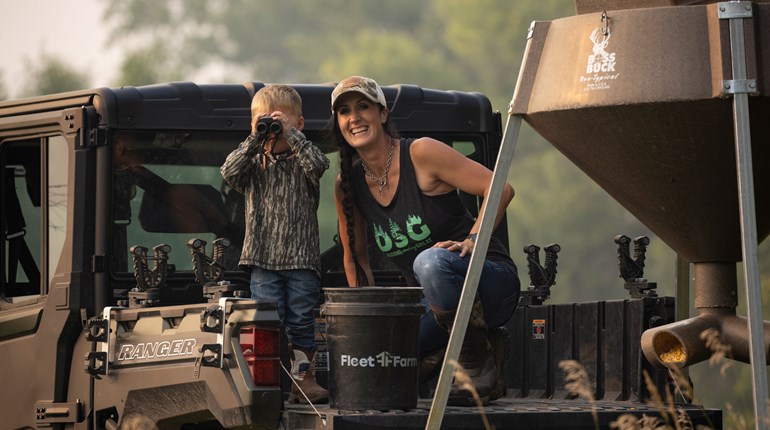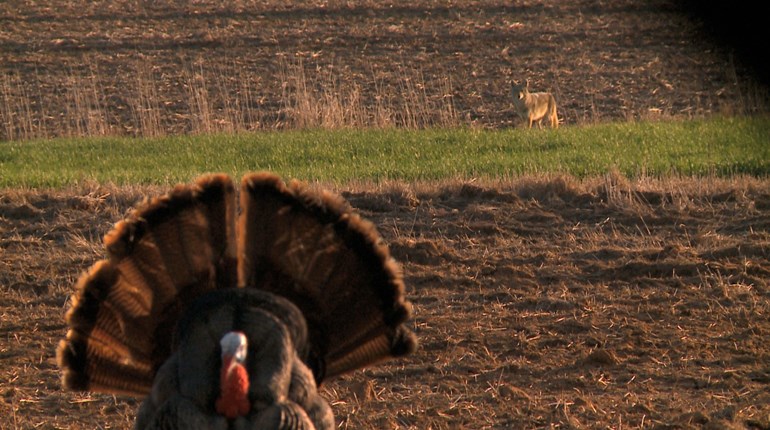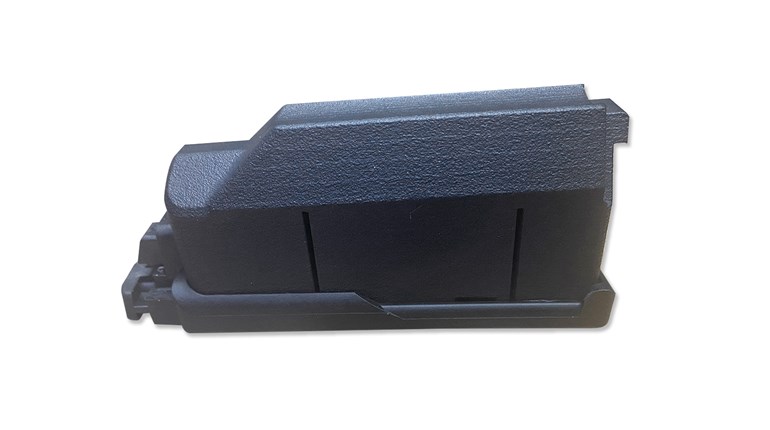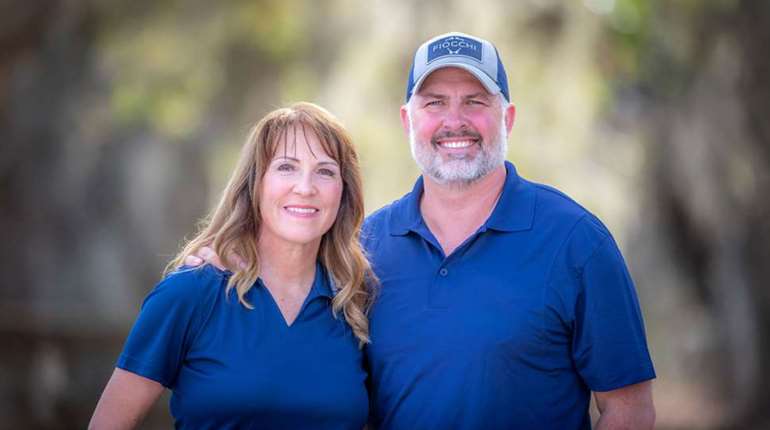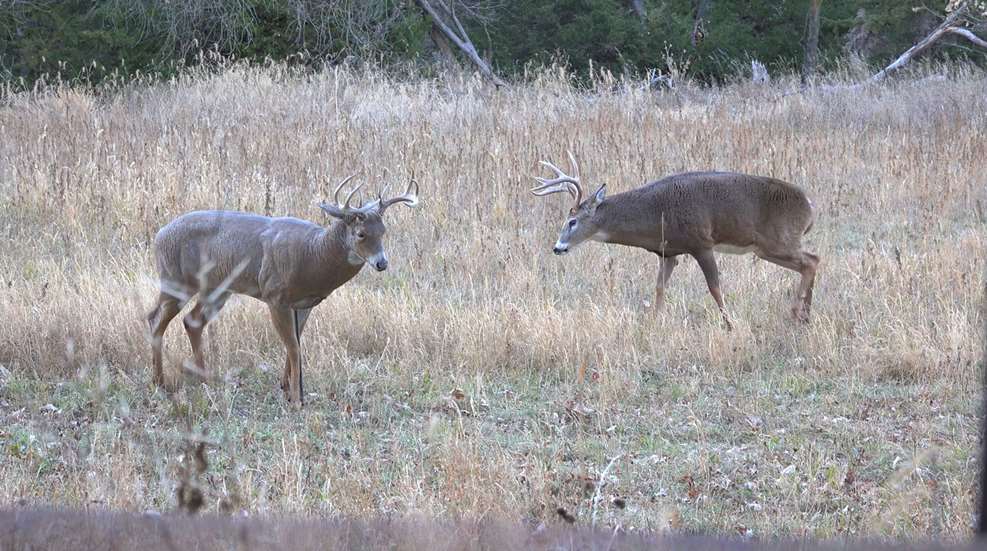
Utilizing a decoy is one of my all-time favorite tactics when it comes to whitetail hunting. Not only is it exciting, but it’s also super effective. The trouble is that decoys don’t work all the time. The prime time for using a decoy is during the pre-rut, rut and post-rut. I’ve had luck as early as late October and still decoyed bucks in mid-December. My number one suggestion to tell when it’s time for a decoy is to watch what the deer are doing. If you’re starting to see bucks spar, use scrapes and become territorial, then it’s time to bring out the decoy.
There are many types of decoys out there, but I prefer to always use a buck. I’ve tried using a doe, but over time I’ve had the most success with buck decoys. You’re basically betting on what will cause a reaction in a buck: love or war. Most dominant bucks can’t resist coming to kick another buck’s butt that is showing off in his area. I’ve even had bucks leave hot does to fight the decoy; that’s powerful!
The key is not picking just any buck decoy. The decoy needs to look mad and cause another buck to get territorial. In the stare down before a fight, you’ll see the bucks’ ears go back, their hair stands on end and they usually walk parallel to each other in an attempt to determine who is bigger and tougher. Your buck decoy needs to look the same. Ears should be pinned back, hair standing on end and looking his absolute biggest. I personally use a Dave Smith Decoy. In my opinion, they’re the very best. Although many decoys may bring in mature bucks, this decoy holds them. The key is realism. When you trick enough of their senses, they come in hook, line and sinker.
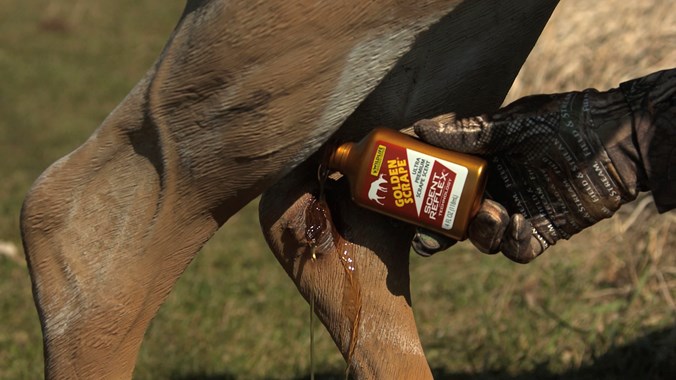
If you’re afraid that the buck looks too dominant for bucks in your area, take one side of his antlers off. Once you do that, know that bucks will usually approach him from his weak side, so prepare for that. Make sure you thoroughly spray your decoy with scent killer to remove any human odor you may have left on it by carrying it in or setting it up. Next, place some scent down at the decoy’s hawks or if you can get your hands on a dead buck during the rut, cut off his hocks and keep them in a plastic bag. Hocks are the black areas on the back of their legs a little below mid leg that they pee on during the rut. You can also pin on a real deer tail to the decoy to add a little movement in the wind. Lastly, do a little rattling sequence every once in awhile, especially if a small buck blows out. This will alert other bucks that may think a fight is breaking out and they need to go check it out.
Once your decoy is deployed, watch how other deer react. Does may not like your decoy and may blow or stare, but don’t get worried. This happens quite often and there is no need for alarm. What you do want to pay close attention to is how other smaller bucks approach your decoy. I’ve learned over the years that if a small buck comes in, nine times out of 10 every buck after will come in the exact same way as long as the wind doesn’t change. If there is something in your way or blocking your shot, change it.
Next, if you plant to hunt the same area on numerous occasions, leave your post in the ground to hold the decoy, but always put the decoy away. Never leave your buck out when you’re not hunting, as you will educate the deer. I personally put the decoy in my blind when the day is over. If I’m hunting out of a tree stand, I put branches and leaves over him at the base of my stand or I place him in a nearby bush to keep other deer from seeing him. By leaving the post in the ground it makes it easier the next morning to put your decoy out in the dark, as you already know the correct distance. I will usually turn him based on the wind and where I want my shot, but try to keep him the same distance away: about 15 yards.
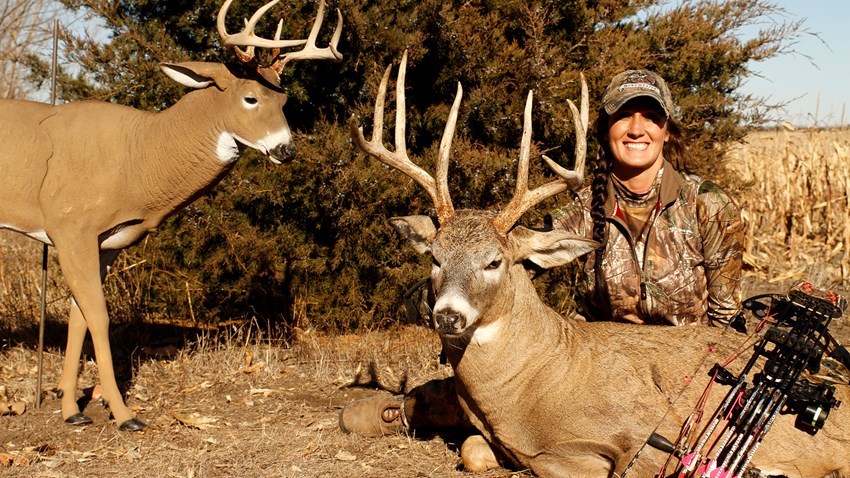
Lastly, if a buck comes in all bristled up and has his ears pinned back don’t get in a rush. This means the buck is fooled, so stay focused on those ears. If they stay back, you’re good to go. If they suddenly flip forward, the buck may be on alert so be prepared for them to bolt.
When a buck approaches a decoy, usually he will slow down as they get closer and you’ll see him licking his lips and nose. They like to find something to rub their antlers on first to show their dominance. If there is nothing around for them to rub (could be a rub post, bush, tree, etc.) many times they will paw at the ground like a bull.
If a buck comes straight for the head of your decoy, try to get a shot before he actually hits the decoy. Usually once the decoy has been hit, the chances of you getting a shot go way down because the buck knows something is not right. That’s not saying you won’t get a shot, but if you do want to shoot the buck, try to make it happen before he smokes your decoy. If you happen to miss when you have a decoy deployed, move slow and get another arrow knocked or cartridge cycled. Many times, the buck thinks the noise came from the other deer and will stay around, giving you another opportunity.
Of course, there is no method that works all of the time, but decoying bucks really is a fun way to hunt the rut and is very effective at tricking big mature bucks.












